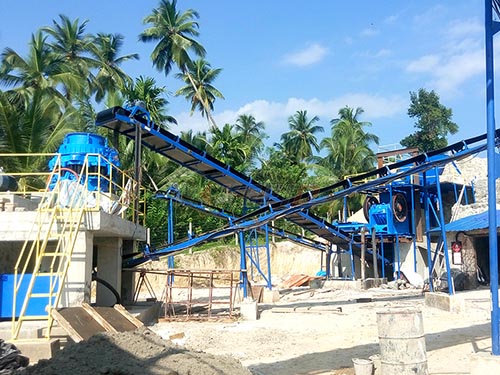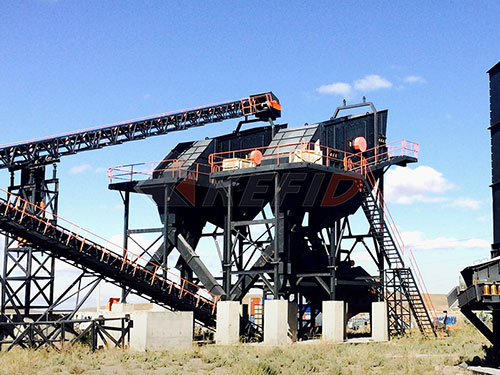Concrete Jungles and Crushed Dreams: The Stone Crusher That Feeds Hyderabad’s Ambition

Dawn breaks over Gachibowli, Hyderabad’s glittering new nerve center. Sleek glass towers pierce the skyline, monuments to India’s surging IT prowess and relentless urban ambition. Yet, nestled uncomfortably close to this symbol of progress, often shrouded in its own persistent haze, lies an essential but dissonant counterpart: a stone crushing plant. This facility is far more than an industrial relic; it is the literal bedrock upon which Hyderabad’s soaring aspirations are built – one fractured stone at a time.

The Engine of Construction: Demystifying the Crushing Process
Within the perimeter fencing of the Gachibowli plant lies a world of controlled chaos and powerful mechanics. Its primary function is elemental: transforming massive boulders, quarried from the rocky hinterlands surrounding Hyderabad, into the fundamental building blocks of modern civilization – construction aggregate.
The Primary Assault (Jaw Crushers): The journey begins with colossal dump trucks depositing granite or basalt boulders, some larger than a car, into the gaping maw of a primary jaw crusher. Imagine immense steel plates rhythmically gnashing together with titanic force, powered by engines generating hundreds of horsepower. This initial brute-force stage reduces boulders to manageable chunks roughly 6-10 inches in diameter.
Secondary Refinement (Cone/Impact Crushers): These primary fragments embark on a conveyor belt journey to secondary crushers – often robust cone crushers or versatile impact crushers. Cone crushers employ a gyrating mantle within a concave bowl, progressively squeezing rock against itself until it fractures into smaller pieces (typically 1-3 inches). Impact crushers hurl rock at high velocity against hardened steel plates or anvils, relying on kinetic energy for fragmentation. This stage yields coarse aggregates crucial for structural concrete foundations and road base layers.
Tertiary Precision (VSI Crushers / Fine Screening): For applications demanding perfectly shaped particles or finer sands (critical for high-strength concrete and asphalt), tertiary Vertical Shaft Impact (VSI) crushers come into play. These accelerate rock within a high-speed rotor before hurling it against an outer crushing chamber wall (“rock-on-rock”) or anvils (“rock-on-steel”). This intense collision produces cubical particles and manufactured sand (M-Sand), increasingly vital as natural sand sources dwindle.

Leave a Reply